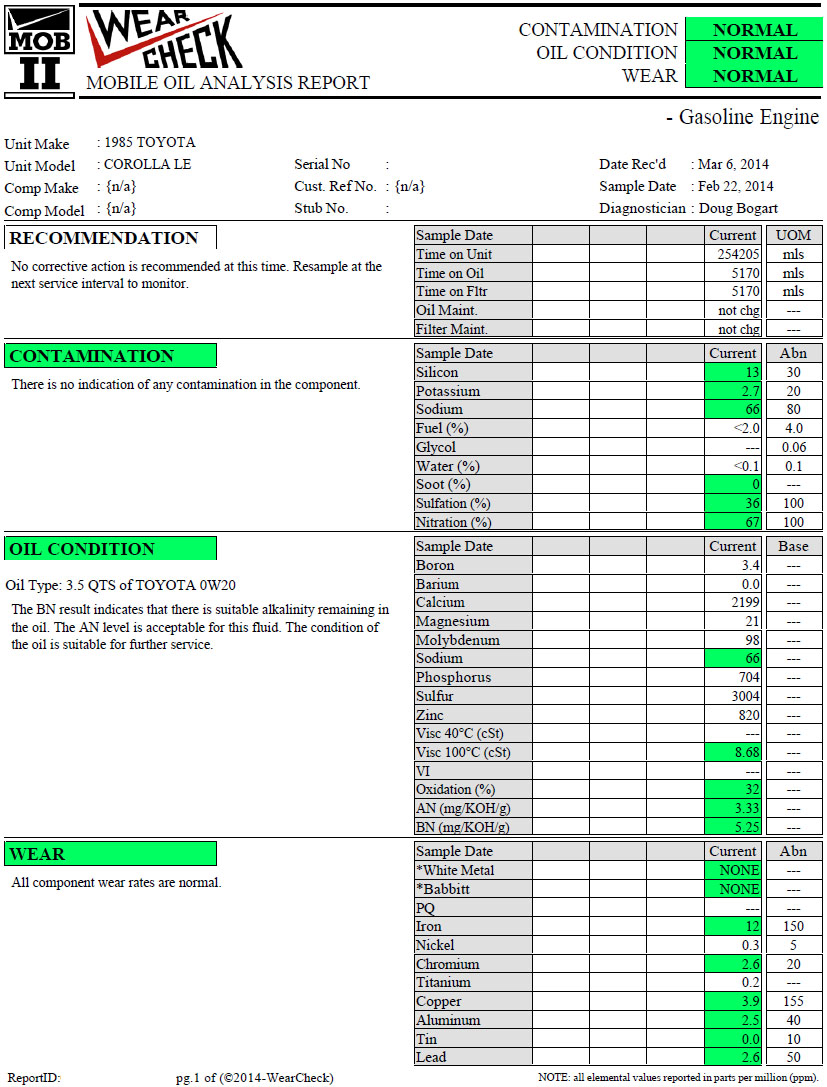Been pondering that, gut feel is that the HTHS is the relevant one at both the entrance and under the wedge.
The temperature of the "working" oil in the bearing is a mix of what's already been in the bearing and what's refreshed, so it's likely a lot more than 100 as an aside.
Take a 2" journal, 0.0015" radial clearance, and 6,500RPM, and assume that the journal is really pushed hard on the loaded side, and away from the feed hole.
The shear rate adjacent to the feed hole is 750,000, 75% of the 1,000,000 that HTHS is measured at.
There's a pretty good chance that what CATERHAM is measuring is either close to, or in the second Newtonian (High Shear) environment, much closer than the KV.
Provided the engines doesn't have (and it's unlikely to have) too many squirters, the High Shear behaviour is probably the dominant.
The temperature of the "working" oil in the bearing is a mix of what's already been in the bearing and what's refreshed, so it's likely a lot more than 100 as an aside.
Take a 2" journal, 0.0015" radial clearance, and 6,500RPM, and assume that the journal is really pushed hard on the loaded side, and away from the feed hole.
The shear rate adjacent to the feed hole is 750,000, 75% of the 1,000,000 that HTHS is measured at.
There's a pretty good chance that what CATERHAM is measuring is either close to, or in the second Newtonian (High Shear) environment, much closer than the KV.
Provided the engines doesn't have (and it's unlikely to have) too many squirters, the High Shear behaviour is probably the dominant.





